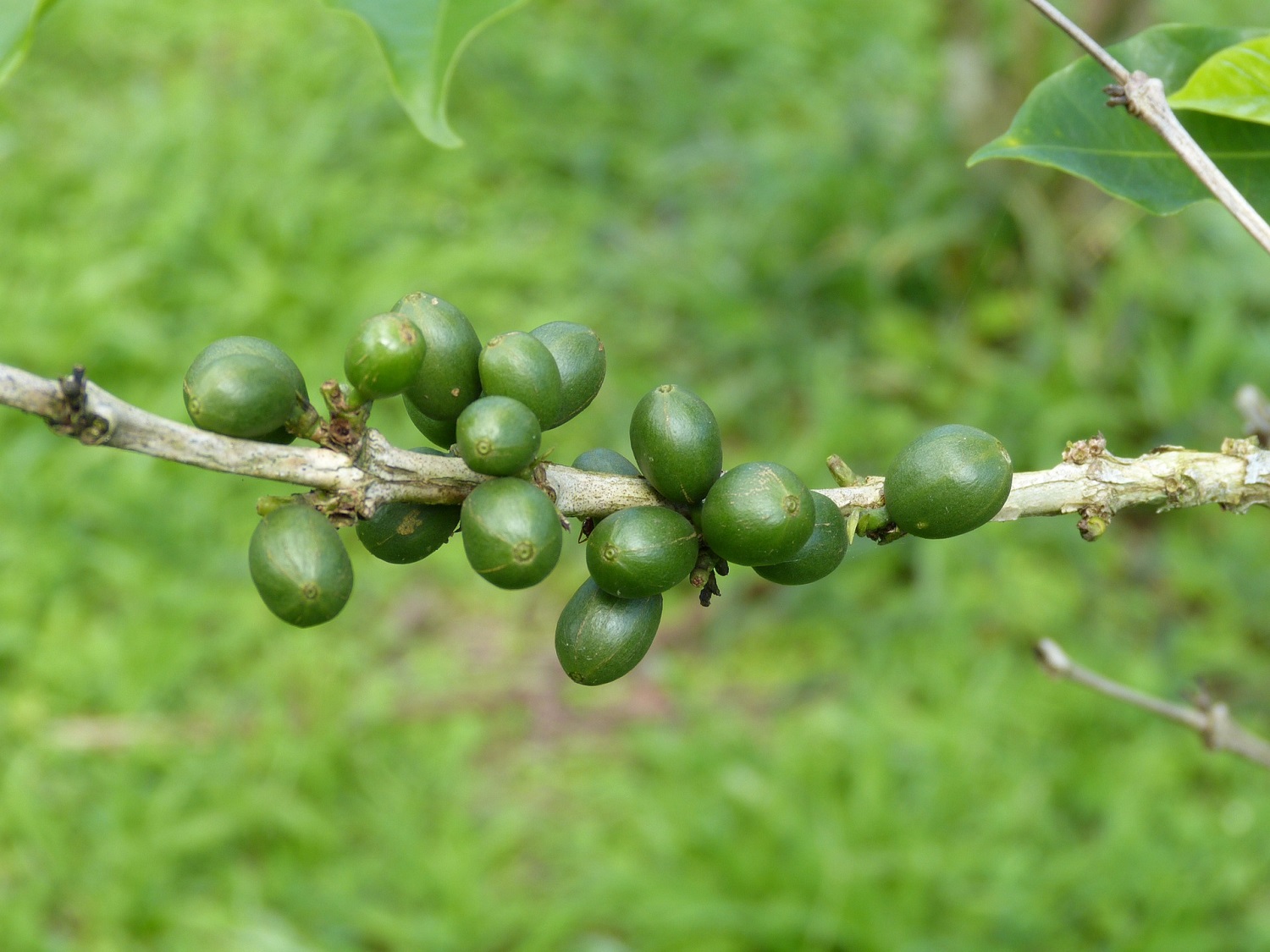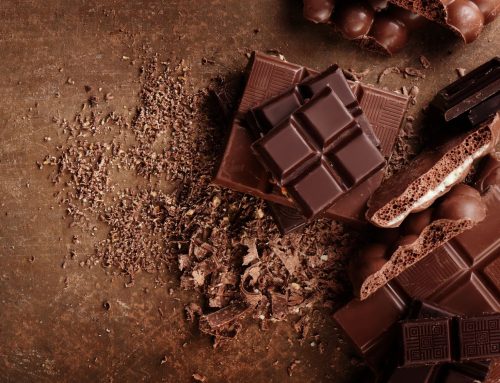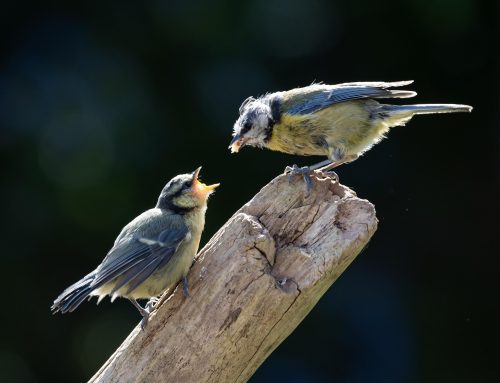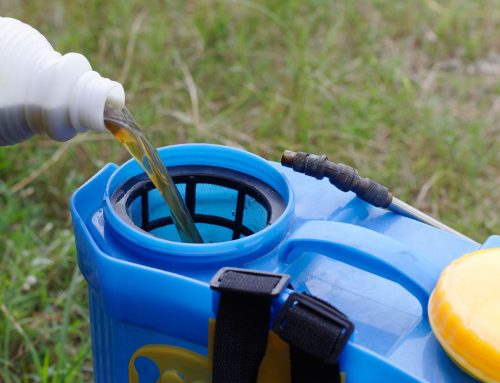by Edwar Vasquez Vallecillo, SMS Sustainable Management Services, Exportadora Atlantic & Elmer Sarantes Cáceres, Cooperative Santiago, Jinotega Dept, Nicaragua
(This post is part of a summary of presentations prepared by Dr Stephanie Williamson, PAN UK, from the Coffee without HHPs workshop in Costa Rica, April 2017)
Key messages:
- Good IPM strategies for Coffee Berry Borer control should not be based on use of biopesticides alone- that should be the last resort for direct intervention if preventative methods don’t provide adequate control.
- Good preventative methods should focus on: good cultural controls; good weed management ; good shade regulation; use of traps with ethanol/methanol attractant [to reduce population build-up at the start of the new season]
- There are 2 effective ways to reduce use of HHPs: (i) Get the worst offenders removed from the market [i.e. government bans] and (ii) get farmers involved in certified schemes for sustainability standards

Incidence of Coffee Berry Borer (CBB) Hypothenemus hampeii has risen in Nicaragua over last 2-3 years, leading to considerable losses in bean quality & yield, encouraged by:
- climate change
- poor coffee picking practices
- bad management of control programmes
Entomopathogenic fungus Beauveria bassiana plays an important role within a biocontrol strategy for the in coffee.
To help reduce CBB populations and coffee losses, in 2016 SMS tested biological efficacy of B. bassiana biopesticide product ‘Biobass’ 1SC with members of several coffee co-ops, with a focus on best application timing and duration of effective borer control achieved.
Field trials conducted from mid-Jun to mid-Aug 2016 in 3 farms in Jinotega Dept. in northern Nicaragua. CBB incidence sampling was done before application and twice afterwards, at 15 day intervals, with the technical staff at each farm in collaboration with SMS agronomists. 20 randomly chosen bushes per 1 manzana plot were sampled, assessing borer levels on one upper, one mid-level and one lower branch per bush.
Recommendations for effective use of this biopesticide:
- Use 1 litre product per 200 litres water ( one ‘barrel’)
- Apply at 60-70 days after each flowering period
- Apply in combination with humic, fulvic or amino acids to provide a favourable environment for the Beauveria pathogen to grow
- On sunny days, apply only at cooler times of day. On cloudy days, can be applied at any time.
- Do not apply within 25-30 days of applying fungicide to coffee grove
Recommended methods for good CBB management:
- Selective removal of any bored berries (‘graniteo’) as first berries begin to ripen
- Good picking practices [don’t leave green, mature or dried berries on the bush]
- Post-harvest grove clean-up (‘pepena’) removing fallen berries and any left on the bushes
- Trapping [using methanol-ethanol attractant at end of dry season to trap females emerging with the first rains]
- Weed control
- Shade regulation [pruning of shade trees]
- Biological control using Biobass 1SC biopesticide
Coffee coops and export company Exportadora Atlantic have collaborated with CABI’s Plant Health Clinics as part of their ‘Diagnostics Network’ working on how climate change is affecting coffee production. With warmer temperatures in Nicaragua’s coffee regions, CBB is now becoming problematic at higher altitudes than before (above 1,300 masl). Additional control via Beauveria biopesticides is helpful for farmers in these situations.
Download the full presentation here.





